The new-generation Ford Everest is big news, and so is the inclusion of the new larger capacity V6 turbo-diesel engine.
We have already covered the new Everest range extensively from the launch, but this was our first chance to get behind the wheel of the 2023 Ford Everest Sport V6 4x4 to see what it's like as a towing companion.
Did it deal well with our almost three-tonne caravan in tow? Read on or watch the video to find out.
Ford Everest 2023: Sport (4X4)
| Engine Type | Diesel Turbo V6, 3.0L |
|---|---|
| Fuel Type | Diesel |
| Fuel Efficiency | 8.5L/100km (combined) |
| Seating | 7 |
| Price From | $61,160 - $70,290 |
| Safety Rating |
|
Does it represent good value for the price? What features does it come with?
The version of the Everest we selected for this test is the one I called my pick of the range at the launch event - the second-from-top, V6-powered Sport model.
With a list price of $69,090 (MSRP) it's hardly the most affordable ute-based SUV out there, but it's the cheapest way into a V6-powered seven-seat 4x4 on the market. If a V6 isn't the be-all and end-all for you, consider the lower spec models, as they offer pretty compelling value.
Our test car had the optional Touring Pack, which costs $1950 and adds a few must-have items for towing - a tow bar, integrated electronic brake controller, wiring kit, trailer setup screen for the multimedia unit, Ford's Zone Lighting system with exterior LEDs that can illuminate the car's surrounds, a 360-degree camera system, and blind-spot monitoring for the towed load.
.jpg)
That kit really should be standard on a 4x4 that costs this much, if you ask me. However, the standard equipment list is pretty generous otherwise, including sports front seats with leather accented trim throughout, heated and cooled front seats, a 10-speaker audio system, keyless entry and push-button start, LED headlights and daytime running lights, an 8.4-inch digital instrument cluster and 12.0-inch touchscreen media system with Apple CarPlay, Android Auto and sat nav.
Our loan vehicle also had the no-cost optional switch from the standard 20-inch rims with road tyres to a set of black 18-inch rims with all-terrain rubber - though they were not as aggressive as the AT rubber fitted to our test caravan, the Avida Topaz CV7054SL all-terrain van.
Find more on the safety specs and inclusions below.
.jpg)
Is there anything interesting about its design?
The wheelbase of the new Everest is a bit longer than the last one - it's now 2900mm, which is 50mm more than before, and that increase is all down to the front wheels being pushed forward further on this new-gen version.
Otherwise it's pretty close to the last one - though, interestingly, the overall length is slightly shorter, at 4960mm (was 4969mm), 1923mm wide (was 1869mm) and the height is the same for the Sport spec (1837mm).
It looks completely different, though - with less of that tall, skinny look than before, thanks largely in part to the broadened front-end, thick hips and chunky back.
I'm a fan of the look - it has a sturdy, strong appearance. I also like the LED lights and daytime running lights in that C-clamp design. But, for some, it might be a bit too close to the Ranger's appearance (the designers told me the brand wanted it to look very much like the ute it's based on, because that's what customers asked for). LED blinkers wouldn't have gone astray, either.
Another thing Ford also said they paid attention to with the design of the new Everest was the tailgate - specifically, the length of the tailgate and the opening point, because people who towed caravans in the last model said the boot lid could be too lengthy to get into the cargo area easily.
.jpg)
How practical is the space inside?
Now if you want the full rundown on the Ford Everest - including a breakdown of all three rows and the usability of the cabin - check out my full, detailed launch review here.
For this towing test, I'll just cover off some of the considerations you might want to keep in mind.
The big multimedia touchscreen (12.0-inch portrait style) is a thing to behold, but thankfully there are hard buttons below for fan and volume/tuning controls, and the screen is relatively easy to get used to.
.jpg)
You will need to get used to it, too - as a lot of the clever functions of the car are run via the screen. Like the towing mode setup, where you can enter the parameters of the thing you're towing, and save it in the system for future reference.
For instance, the Avida Topaz CV7054SL caravan we used for this test was named Billy, after our mate at Avida, and I set the length (8.2m) and width (2.5m), and that adjusted the car's systems accordingly.
It doesn't do the electronic brake controller adjustments for you, and they aren't through the screen - there's a toggle selector and buttons for that, and you'll see the gain display/setting on the driver info screen - an 8.0-inch unit in this spec.
That screen is decent, but there are always warning messages showing up there that require you to hit ‘OK' on the steering wheel to cancel out. It gets tedious over time.
.jpg)
If you're like me, another button you'll find gets hit a lot is the lane-keeping control button - I found myself switching that safety assist system off every time I drive above 60km/h, when it activates.
The boot space is quoted as being 259 litres with all three rows up, or 898 litres with the back row folded down (five-seat layout).
You can fit five adults in the front two rows, and if your occupants are on the smaller side, you'll be able to fit seven in.
The payload capacity for the Everest Sport is 696kg - so, if you're thinking you'll hit the road with your family (say, five occupants) and their gear, you're likely going to be pushing pretty close to that limit.
Worth keeping in mind the Everest Sport V6 has a kerb weight of 2454kg and a gross vehicle mass (GVM) of 3150kg. And the gross combination mass (GCM) is 6250kg.
So, if you do end up hauling something that hits the capacity of 3500kg, you're down to a max vehicle weight of 2750kg. Take out the kerb weight, and that calculates to a total of 296kg remaining. Better get on the diet shakes...
What are the key stats for the engine and transmission?
The engine in the Sport and Platinum versions of the Everest is a 3.0-litre V6 turbo-diesel with 184kW (at 3250rpm) and 600Nm (at 1750-2250rpm). It also runs a 10-speed auto, and is 4x4 only.
Now, the 4x4 stipulation is important. Ford calls it "permanent four-wheel drive", because you can leave the vehicle in 4WD auto (4A) mode and the system will send torque to each axle as required based on the conditions. It defaults to 4A when towing, for instance.
But there is a 2H high-range rear-wheel drive mode, or 4H high-range 4x4, or low-range 4WD (4L), if you want to take transfer case matters into your own hands.
Wondering about V6 vs 4-cyl Everest? The 2.0-litre bi-turbo four-pot model produces considerably less - 154kW/500Nm.
.jpg)
What's it like as a daily driver?
I covered off the Everest in a lot of detail in my launch review, but it was great to get to spend a bit more time doing real-world driving in what I consider to be the sweet-spot of the model range.
And sweet it is, with this Sport V6 4x4 model offering immense pulling power and very impressive refinement when it comes to power. The engine revs smoothly, there's only a hint of turbo-lag from a standing start, and it's not noisy or clattery, either.
The 10-speed auto seems to manage low and high speed driving without much hassle, and it doesn't get confused going up or down hill, either.
.jpg)
The steering - always a strong suit for Ford models - is excellent, with a great amount of weight and responsiveness for the driver.
And the suspension deals well with lumps and bumps - and there are plenty of those around at the moment, given the potholes and pockmarks the roads around Sydney are plagued with at the moment.
It really does drive nicely. But how does it go when it comes to towing?
.jpg)
What's it like for touring?
I checked the tyre placard and adjusted the tyre pressures to a higher-load rating for this part of the test, and the rear end instantly felt more taut and bumpy - something I thought would help it handle the towball down weight with ease when I hooked up the caravan.
I used the 360-degree camera's zoom-in function on the reversing camera to see the tow bar/pin more easily, and lined it up in one go. I felt pretty happy with that.
It was noticeable how much the rear suspension sagged from the hitch - about 10cm lower, by the tape measure - though the rear didn't do the "speedboat" or "praying mantis" style lift.
As I drove away from Avida in Emu Plains en route to Robertson in the southern highlands, I instantly felt that the rear suspension had been compressed, with less travel meaning the ride suddenly became a lot more abrasive, picking up smaller bumps and feeding them into the cabin.
That didn't get better through the day, with the low-speed ride comfort being pretty harsh compared to open-road cruising cushiness.
.jpg)
But what surprised me most was the "porpoising" on country roads, where undulations upset the rhythm of the ride and because of the soft suspension, it felt a bit wobbly. Admittedly, this was with just me and my camera operator onboard, and no luggage - so maybe with a bit more dispersed mass it could be evened out a bit.
Being that the Everest has a shorter wheelbase than Ranger it wasn't too surprising that the SUV didn't feel quite as stable as the ute, but I expected it to be a bit more composed on country roads.
The steering was still pretty decent, though it did require more correction than I'd thought it might. The trailer sway assist system kicked in to help keep things in line, as the Everest did tend to get blown around a fair bit, especially compared to the Ranger, and particularly at 100km/h and above.
But the big plus of this whole experience was, of course, the V6 engine. It really does make towing something this heavy feel like light work, with an impressive amount of midrange pulling power and heaps of get up and go from a standstill, too.
The transmission was great as well - I didn't use the progressive system (where you can lock out higher gears if you know you won't need them), so instead I left the gearbox to its own devices, and it was happy to sit in 10th gear on the freeway at 110km/h, the engine revving along at just on 2000rpm.
.jpg)
It was good in terms of engine braking down hills as well - the transmission repeatedly chose the right gear, and allowed the engine to help so as not to put too much pressure on the braking system. For reference, at 70km/h down a steep hill in the southern highlands, it was happy to hold third gear and rev out towards 4500rpm.
And, unlike the Ranger, the brake pedal feel in the Everest was good. Not as much play at the top of the pedal, and a good progression down the pedal. For reference, I had the integrated electronic braking controller system set at 6.0 gain.
How much fuel does it consume?
If you're hauling something this heavy you expect the fuel consumption to be well above the official combined figure. And it was.
The sticker on the windscreen states a number of 8.5 litres per 100 kilometres. But even in regular driving, not towing, with just one occupant on board, I saw 10.8L/100km on average.
During my towing loop - which ran 327 kilometres, comprised an average speed of 58km/h, and was done over more than five-and-a-half hours - I saw an at the pump return of 17.4L/100km.
That was better than expected, considering the job that was being done - and it was a better real-world towing result than I'd seen in the Ranger Wildtrak (19.5L/100km).
.jpg)
Warranty & Safety Rating
What safety equipment is fitted? What safety rating?
The Ford Everest range has been awarded a 2022 five-star ANCAP safety score, but weirdly, that score is based on the crash results of the Ranger ute. To me, it seems like a pretty long bow, given this SUV model has different suspension at the back, a different body on top, the potential to seat more people, and a different weight range, length and wheelbase, too.
Either way, it is loaded with high-tech safety gear, including high speed AEB with pedestrian, cyclist and junction detection, adaptive cruise control, lane keeping assistance, blind-spot monitoring, rear cross-traffic alert, low-speed reverse AEB, a reversing camera, and front and rear parking sensors.
There are nine airbags - including full-length three-row curtain airbag coverage.
.jpg)
What does it cost to own? What warranty is offered?
You get a five-year/unlimited kilometre warranty, which is okay (Isuzu, SsangYong offer longer, and Mitsubishi offers up to 10 years conditional warranty).
Service intervals are set at 12 month/15,000km junctures, and there's a capped-price service plan (first four years/60,000km) for $329 each visit.
.jpg)
Verdict
It was hardly the perfect tow rig, but it sure was impressive despite a few little qualms. The biggest question left in my mind after this review was whether I'd choose an Everest or a Ranger if I was towing all the time, and the answer was the latter... provided I didn't need three rows of seats!
It is fair to say, however, that for about $70,000 there aren't any other V6 4x4 SUVs that can do what this thing can.
Thanks again to our mates at Avida for the loan of this caravan.
Pricing Guides






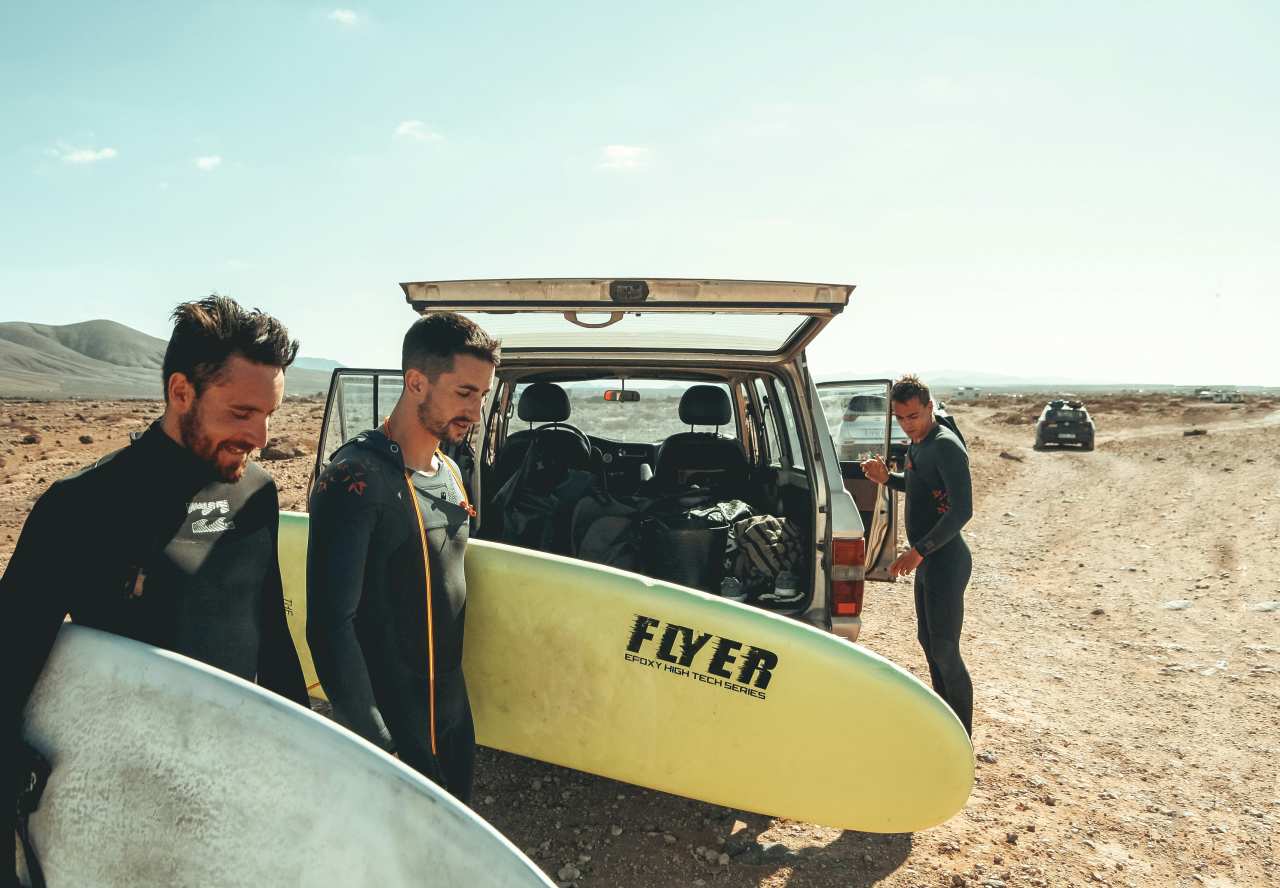
.jpg)
.jpg)
.jpg)
.jpg)
.jpg)
.jpg)
.jpg)
.jpg)
.jpg)
.jpg)
.jpg)
.jpg)
.jpg)
.jpg)
.jpg)
.jpg)
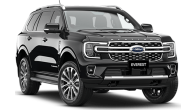

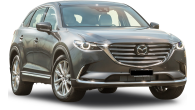
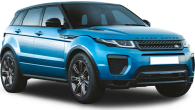

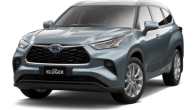
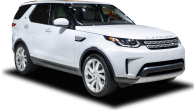


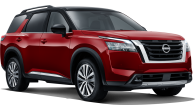





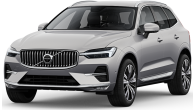






.png)
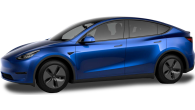
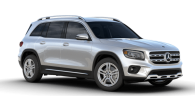




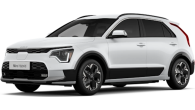
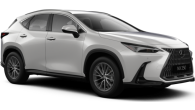
.jpg)

.jpg)



